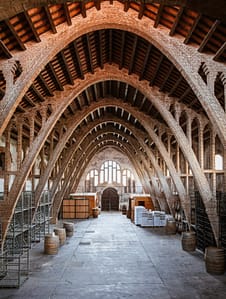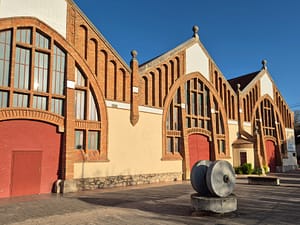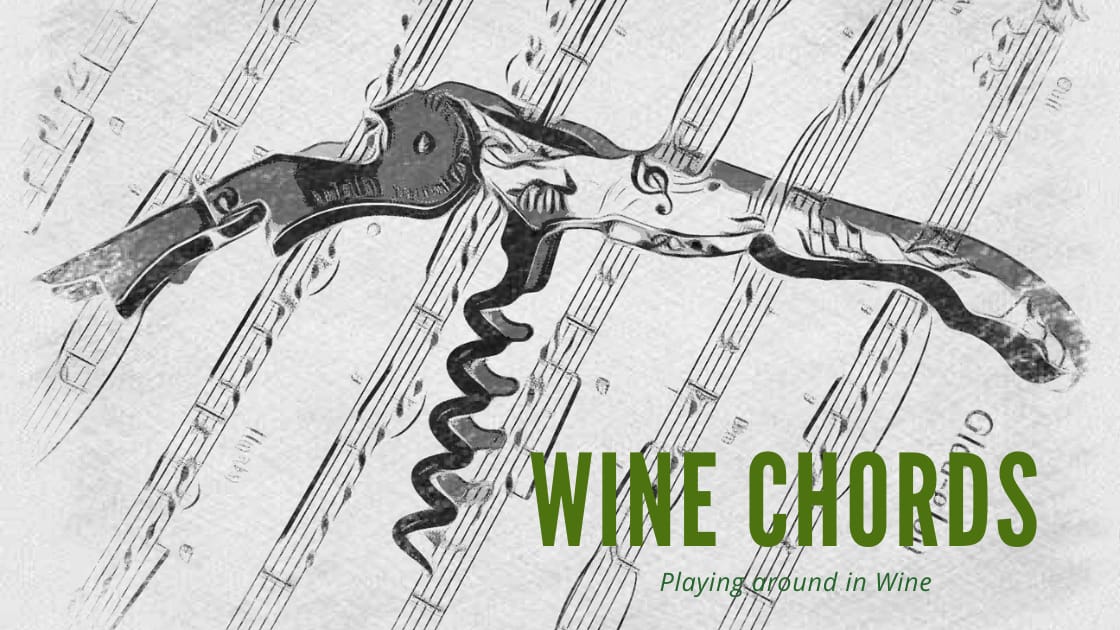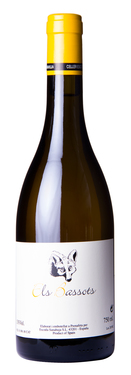The wine cooperatives of Conca de Barberà are among the most distinctive in Spain, not only for their role in reviving viticulture after the phylloxera crisis, but also for their unique architectural identity. Often referred to as wine cathedrals, these buildings are part of a movement that combined function, modernist design and social ambition in rural Catalonia in the early 20th century.

During the 19th century, the so-called “Catalan Gold Rush” led to vineyards becoming almost the sole crop in Conca de Barberà. The region’s fertile soils and reliable water sources enabled it to meet the soaring demand for wine and spirits from Northern Europe and the Americas. But the prosperity was short-lived. In 1893, phylloxera struck the region, devastating the vineyards and pushing growers into crisis.
Recognising the need for collective action, the Sociedad de Trabajadores Agrícolas del Pueblo de Barberá was formed in 1894 – the first agricultural cooperative in all of Spain. This initiative laid the foundation for a cooperative tradition that would define the region. By 1902, leadership of the movement had passed to Josep M. Rendé from Espluga de Francolí, who played a crucial role in expanding cooperativism throughout La Conca.

The winery in the town of Barberà was established in 1903 and is considered the first purpose-built cooperative winery in Spain. In 1912, during the Commonwealth of Catalonia, Josep M. Rendé also initiated the construction of his hometown’s winery – a modernist building designed by Pere Domènec i Roure. It was this building that prompted the poet Àngel Guimerà to give these structures their enduring nickname: wine cathedrals.
Between 1912 and 1919, architects Pere Domènec and Cèsar Martinell, a disciple of Antoni Gaudí, designed six modernist wineries in Conca de Barberà. Martinell in particular combined traditional Catalan construction techniques, such as brick vaulting, with the functional needs of a working cellar. His designs allowed for gravity-fed vinification, optimal temperature control, and included large arched windows for ventilation. These buildings were meant not only to serve winemaking, but to uplift and dignify the rural working class at a time of great economic difficulty.

After the Spanish Civil War, the Barberà Agricultural Society merged with the Agricultural Trade Union, forming the Barberà de la Conca Agricultural Cooperative, which became one of the region’s most important winemaking institutions.
During my trip in Conca de Barberà I visited Castell D’Or (Cooperativa de L’Espluga de Francolí), Cellers Domenys (Sindicat Agricol de Rocafort de Queralt), the first one to be drawn by Cèsar Martinell in 1918, and Vinícola de Sarral – all of them among the most important cooperatives in the region. Though now operating under larger umbrella structures, each has deep roots in the cooperative history of the region. They have played a crucial role in preserving the trepat grape, traditionally used in rosé and cava blends, and are now turning their attention to making varietal red wines that reflect the character of the local terroir. Their continued investment in both tradition and modernisation shows that the cooperative spirit in Conca de Barberà is very much alive.
The modernist wineries of Conca de Barberà remain striking examples of how architectural vision and collective resilience came together in response to crisis. They are not only monuments to the past, but dynamic institutions shaping the future of Catalan wine.

Trepat 2024 (Castell D’Or) – Made in stainless steel. Light ruby in colour. Aromas of red berries and Mediterranean herbs. On the palate it is clean and fresh, with light tannins and a soft, dry finish. A very pure and accessible expression of young trepat.
Tres Naus Brut (Cellers Domenys), 2022, but labelled non-vintage – A blend of parellada, macabeu and xarel·lo, aged 18 months on the lees. Light in body with fine bubbles. Aromas of apple, citrus zest, hay and a touch of yeasty complexity. On the palate, lively acidity balances soft fruit, resulting in a bright and food-friendly sparkling wine.
Domenio Ull de Llebre 2021 (Cellers Domenys) – 100% ull de llebre from organic vineyards. Cherry red in colour. Aromas of ripe cherry, blackberry and wild herbs. On the palate, medium-bodied with a good balance of fruit and oak, and a hint of earthiness on the finish.
Portell Glatim Negre de Trepat 2022 (Vinícola de Sarral) – Made from organic trepat and aged four months in French and American oak. Light ruby hue. The nose offers redcurrant, cranberry, pepper and dried herbs. On the palate, it’s lively and savoury, with gentle oak, smooth texture and a fresh, spicy finish.


































